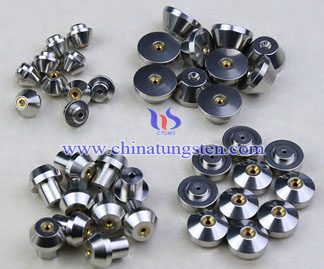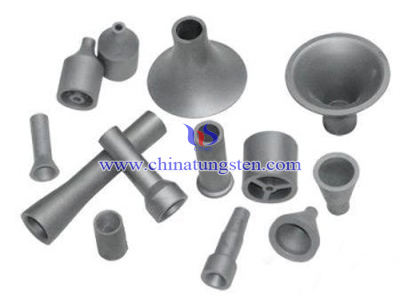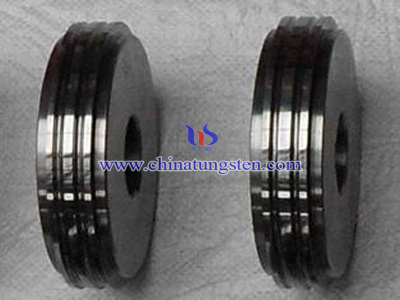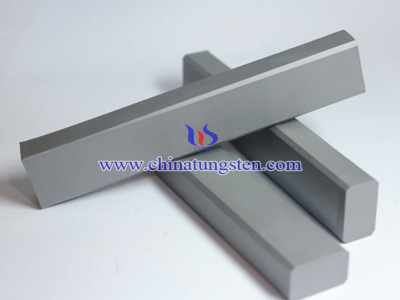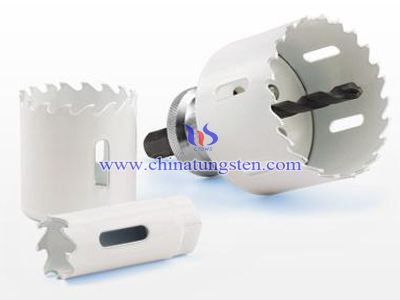tungsten carbide nozzle lifespan improving
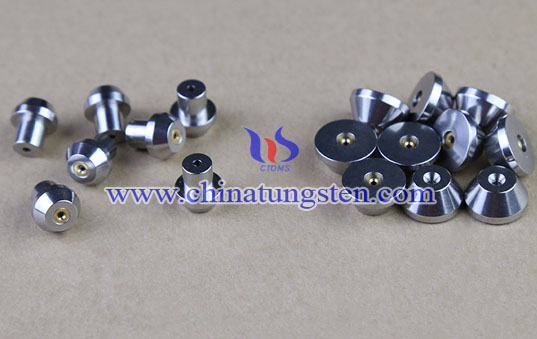
The most popular material used in nozzle is steel, pottery, tungsten carbide, diamond, artificial gem and so on. Among of them, tungsten carbide is the most widely used currently due to its good hardness and toughness. In terms of microstructure, it is closely related with its anti-corrosion. Some experimental statistic shows that domestic WC tungsten carbide grains is easily peeled off under the impact of the jet flow because of its clear boundary and the poor anchoring strength of grains. However, abroad WC tungsten carbide exists in crystallization so that the anti-corrosion of nozzle is better than domestic WC tungsten carbide nozzle. From mechanics of view, different materials (metal, tungsten carbide and pottery) have different abrasive mechanism. Metal has better toughness than fragile pottery and their erosion rate is distinct, such as YT15 tungsten carbide is a order of magnitude higher than the pottery in erosion rate, which reveals that hardness of material is more important than fracture toughness in anti-erosion.
In terms of structure and shape, the common types of tungsten carbide nozzles are straight-bore, conical (solid and hollow), fan-shaped, venture, porous, etc. According to different applications, take tungsten carbide hydraulic sand-blasting nozzle for instance. It can be specifically divided by the shape of tube into conical, straight-tapered (a conical contraction section and cylindrical acceleration section), streamline, equal-transmission and so on.
Through contrast experiments, they will be arrange in equal-transmission > streamline >straight-tapered > conical. The straight-tapered is the most widely used, its main parameters are convergent angle α, the diameter of entry d, acceleration section length l, nozzle length L and aspect ratio l / d.

